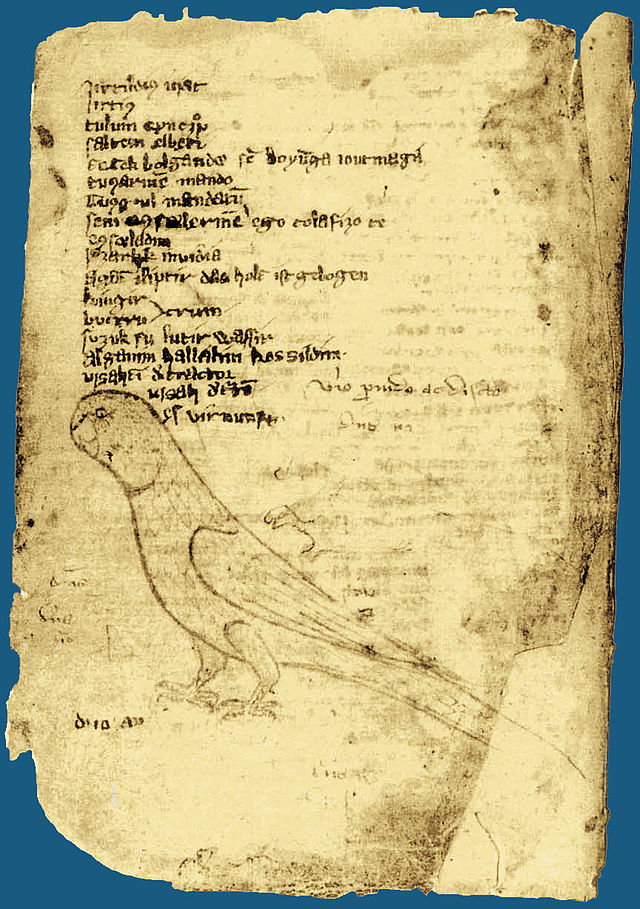Codex_Cumanicus
Codex Cumanicus
1303 manuscript of linguistic manual for Catholic missionaries
The Codex Cumanicus is a linguistic manual of the Middle Ages, designed to help Catholic missionaries communicate with the Cumans, a nomadic Turkic people. It is currently housed in the Library of St. Mark, in Venice (BNM ms Lat. Z. 549 (=1597)).
This article has multiple issues. Please help improve it or discuss these issues on the talk page. (Learn how and when to remove these template messages)
|

The codex was created in Crimea in 14th century and is considered one of the oldest attestations of the Crimean Tatar language, which is of great importance for the history of Kipchak and Oghuz dialects — as directly related to the Kipchaks (Polovtsy, Kumans) of the Black Sea steppes and particularly the Crimean peninsula.[1]